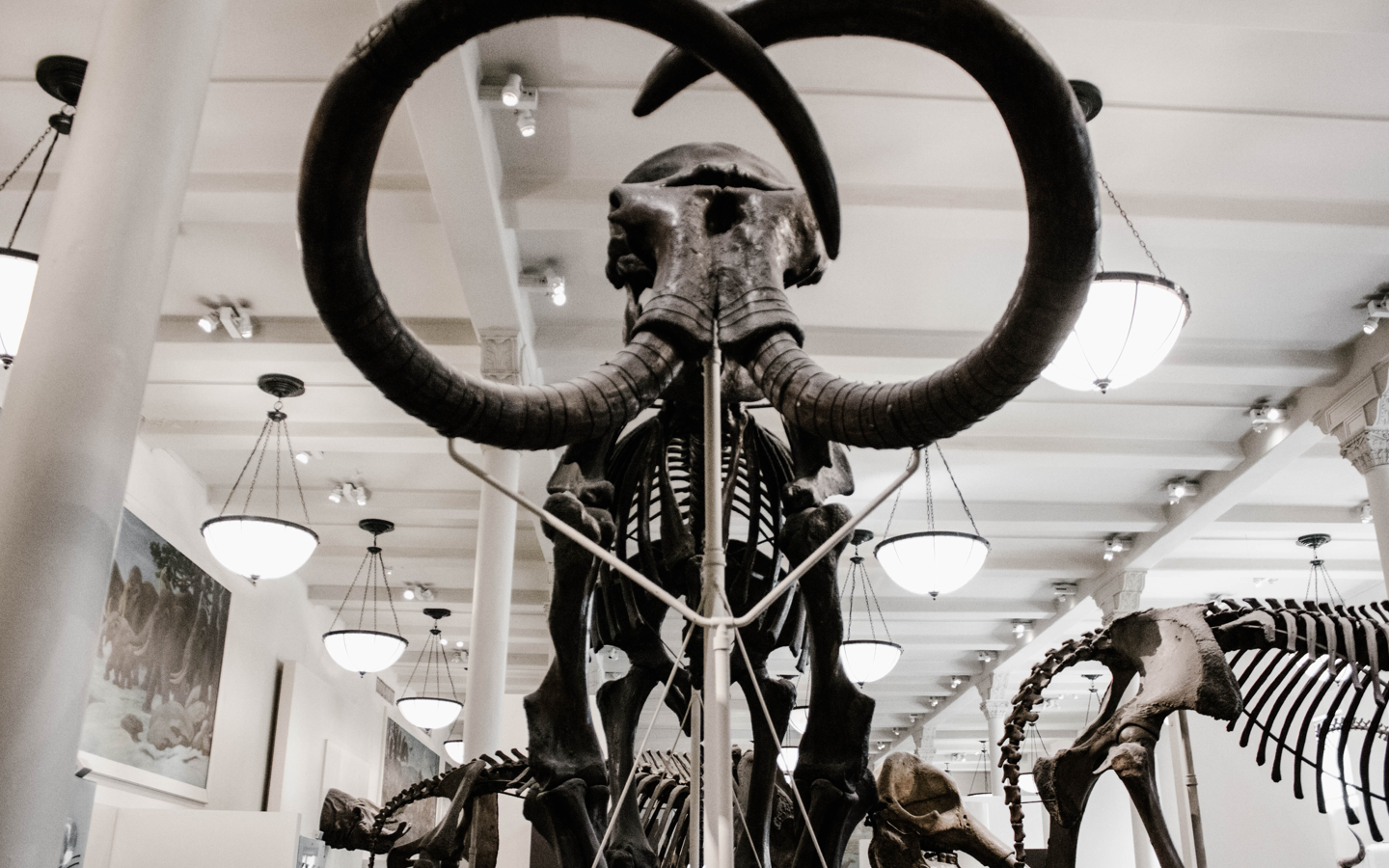Control the chaos and unleash your team's potential with Extensis Connect / Learn More
Control the chaos and unleash your team's potential with Extensis Connect / Learn More
for Galleries, Libraries, Archives, and Museums
All kinds of organizations across different industries can benefit from digital asset management (DAM), but galleries, libraries, archives and museums [GLAM] digital asset management presents a unique set of challenges — and opportunities.
Not only are the analog objects in your collection invaluable, precious, and irreplaceable but often the factual information related to an object is also very important to help with provenance, and common reference.
Heritage digital assets and art asset management software empowers you and your team to share your digital collection with the world, with more people who could ever interact with these objects in person.
Historically, GLAM institutions have house physical objects in physical locations — beautiful buildings that display priceless objects and pieces of history. Since the beginning, these institutions have worked to spread awareness around their collections to satisfy and inspire curious minds. Publishing books, reaching out to publications or inviting film and television crews inside their four walls are just a few examples.
Over the past several years, there’s been a tremendous push for GLAM institutions to digitize their collections. Visitors' expectations of what an institution’s digital presence might look like have changed radically. They demand immersive, interactive deeper experiences that both entertain and educate.
Digitization now empowers institutions to reach far beyond their four walls. To share the stories of the many different objects in their collections, that might not ever get space in their galleries. From pop-ups to digital exhibits, to social media and curated newsletters, digitized museum collections are transforming how institutions share knowledge and connect not only with the public but also with research staff and academics.
With multiple funding options available, an increasing number of experts in the space, a wide array of tools to choose from, and a potential army of volunteers, digitizing collections isn’t just aspirational — it’s entirely possible.
Portfolio is an industry-leading DAM solution that is a perfect fit for the GLAM industry’s unique and demanding requirements.
With the ability to streamline photographic workflow and automate manual processes, Portfolio, can save time for your team by unlocking the full potential of assigned and hidden metadata.
Portfolio also enhances the user experience with predictive search and the ability to zoom in and out on specific details. Lossless compression technology can improve low-bandwidth delivery of high-resolution imagery, with the added benefit of reducing storage costs.
Your collection may already be vast, but add to that countless digital scans, multiple duplicates and renderings, and the sheer volume of imagery can be overwhelming — not just for your team, but for your network. Portfolio can compresses your imagery without compromising its quality, so you can save on storage costs, reduce the burden on your networks, and still have room to grow. The Teylers Museum even use Portfolio’s compression for creative projects.


To understand how digital asset management can serve GLAM, we have to take a quick dive into how most institutions already interact with their digital asset collections — with a collection management system (CMS).
Many DAM customers seek to organize their digital assets, but the unique needs of digital asset management for museums builds further upon that basic principle. That’s because most institutions already have a CMS in place. Implementing a DAM CMS integration allows you to build on this foundation. Let’s explore how, using Portfolio as an example.
|
|
CMS |
Portfolio |
|
Search |
Specific terms |
Visual search options |
| Organize | Organizes information, but not assets themselves. | Objects can be placed in multiple collections and categories as needed |
| Attaching metadata | Add stagnant or evergreen information |
Add, modify, or delete information for existing or custom metadata fields – including scheduled dates for maintenance and loaning, date of most recent/high-definition imagery scans, etc. |
| Inherent metadata | Hidden metadata remains hidden | Metadata from various files comes to light as Portfolio recognizes it: geo-reference locations, copyright information, etc. |
| Controlling metadata | Often all or nothing | Control how much metadata is released internally and to the public. |
Access and share information like never before — with the exact amount of metadata being controlled, the ability to quickly identify the most up-to-date, high-resolution imagery, and the power to show the full breadth of your digitized collection.
Integrating your existing CMS with museum-digital asset management software is a highly effective way to preserve the past, invest in your team at the present, and your collection for the future.
Fill in the form below and let one of our sales managers walk you though how Portfolio can help your business.